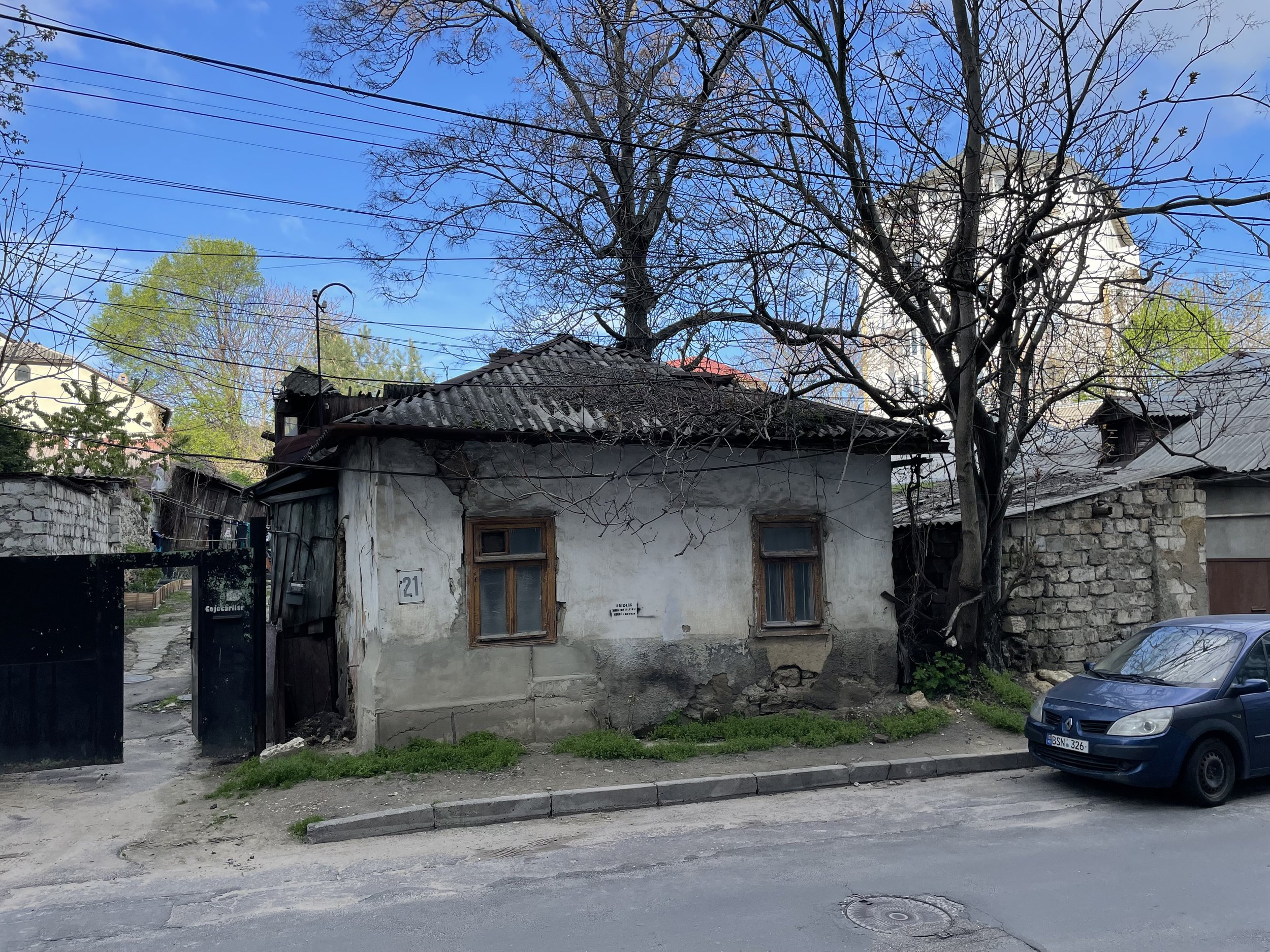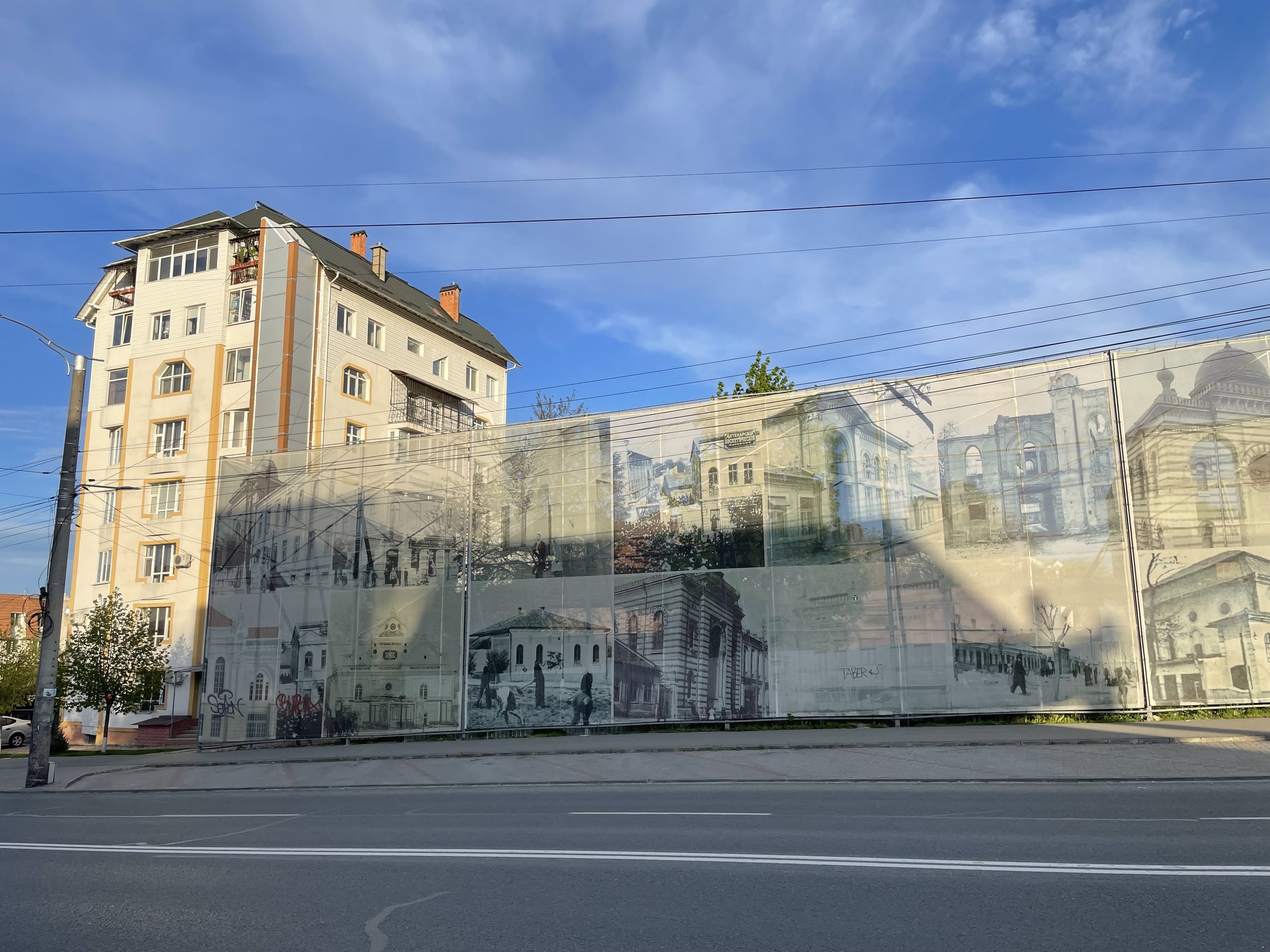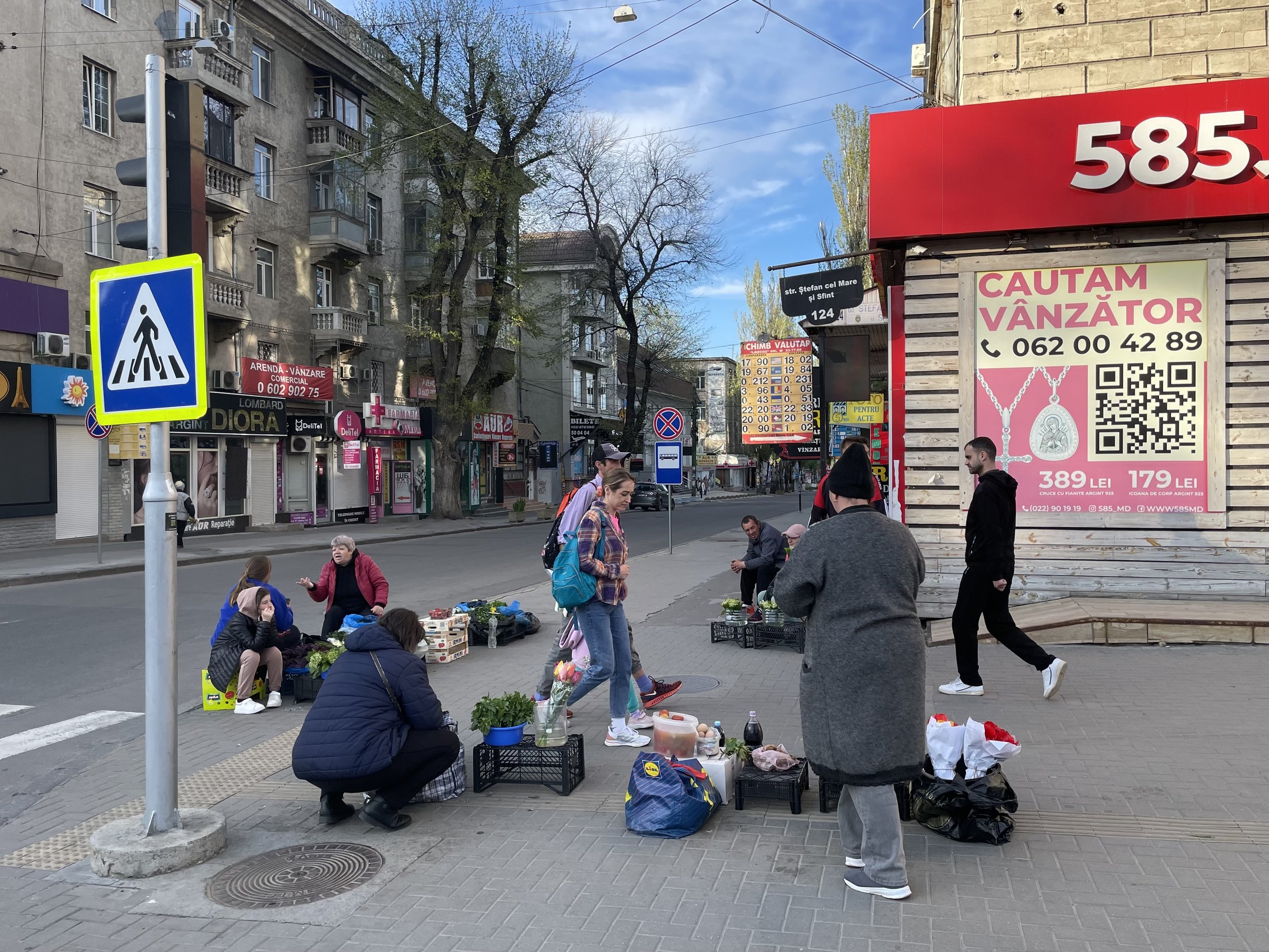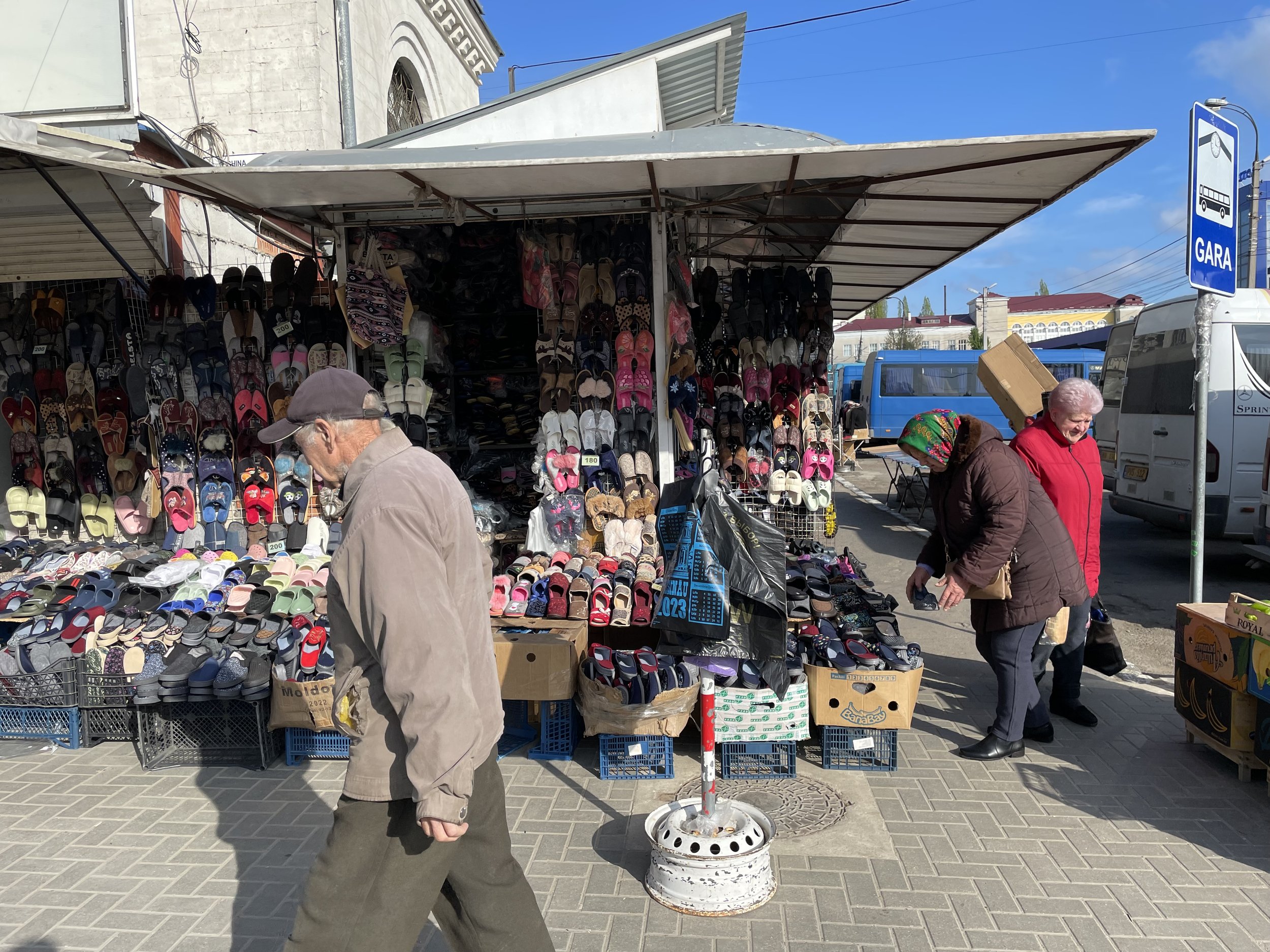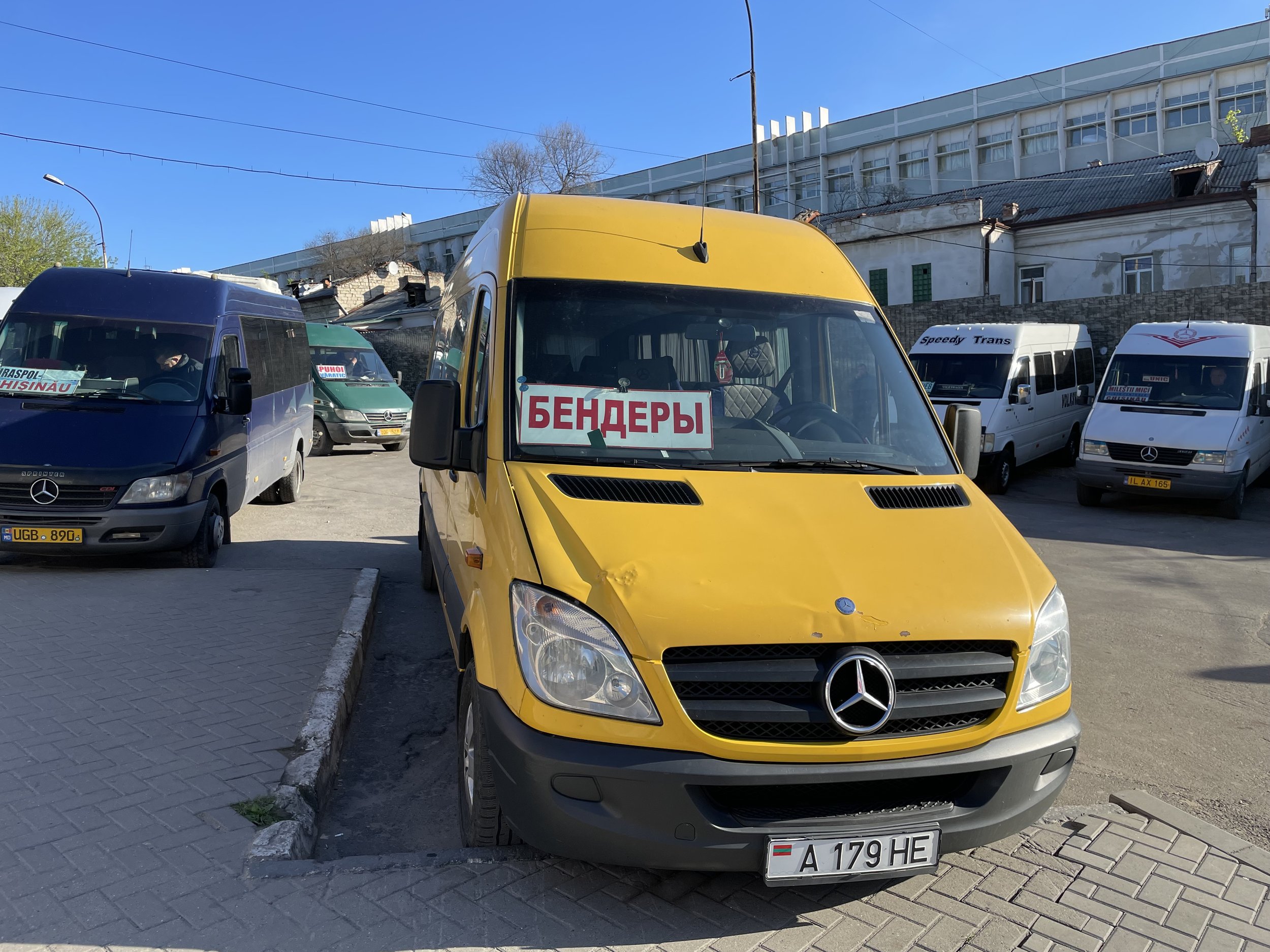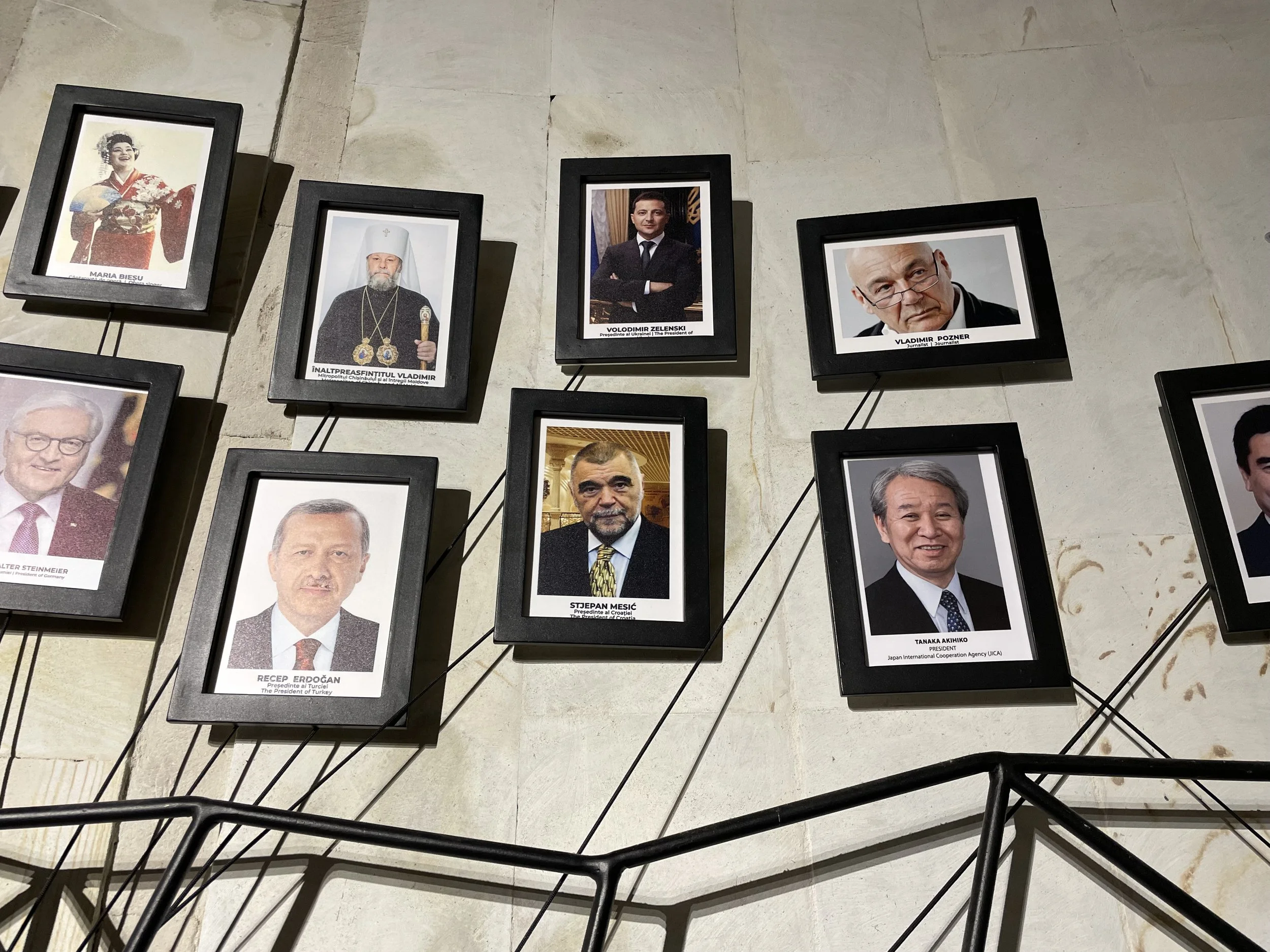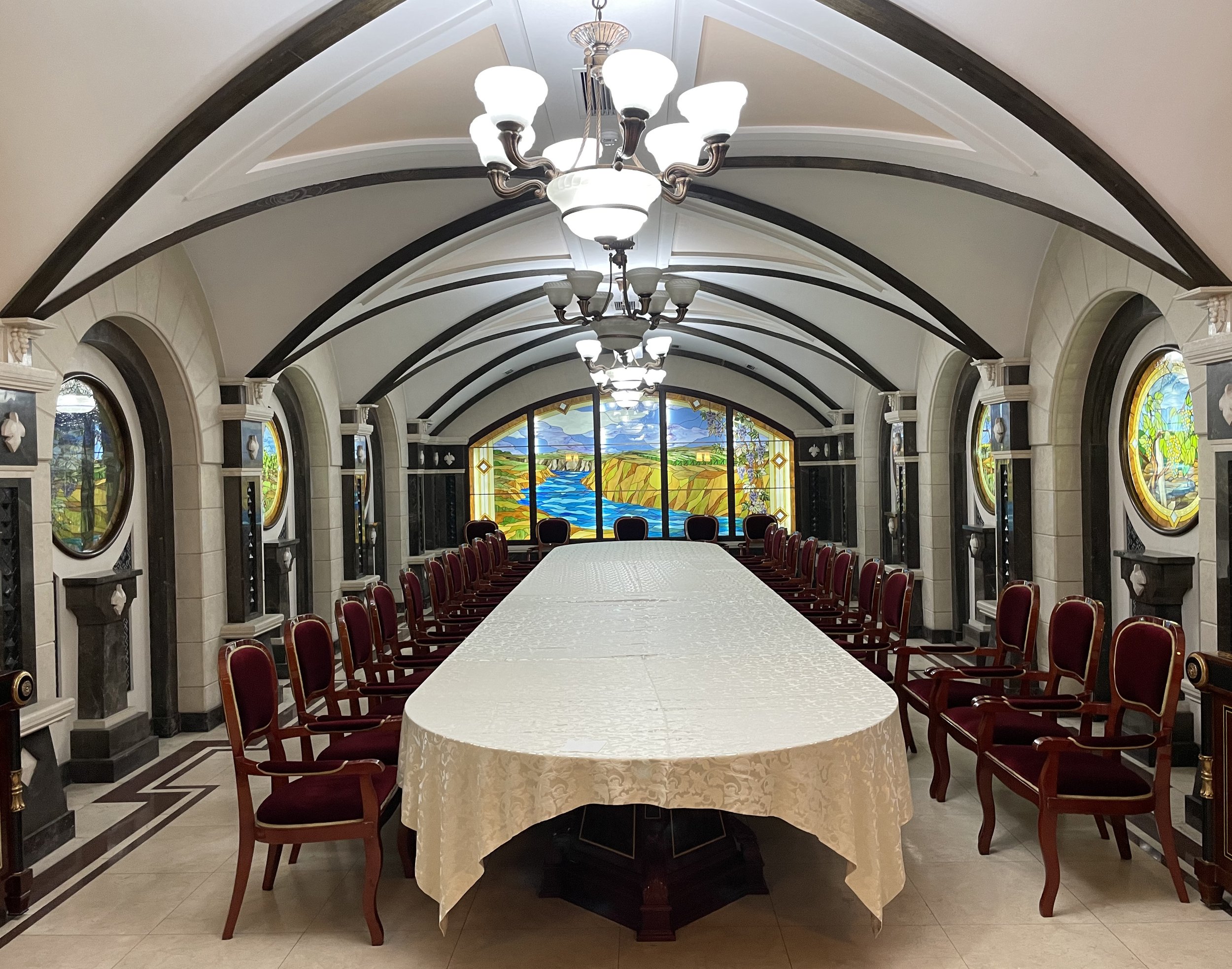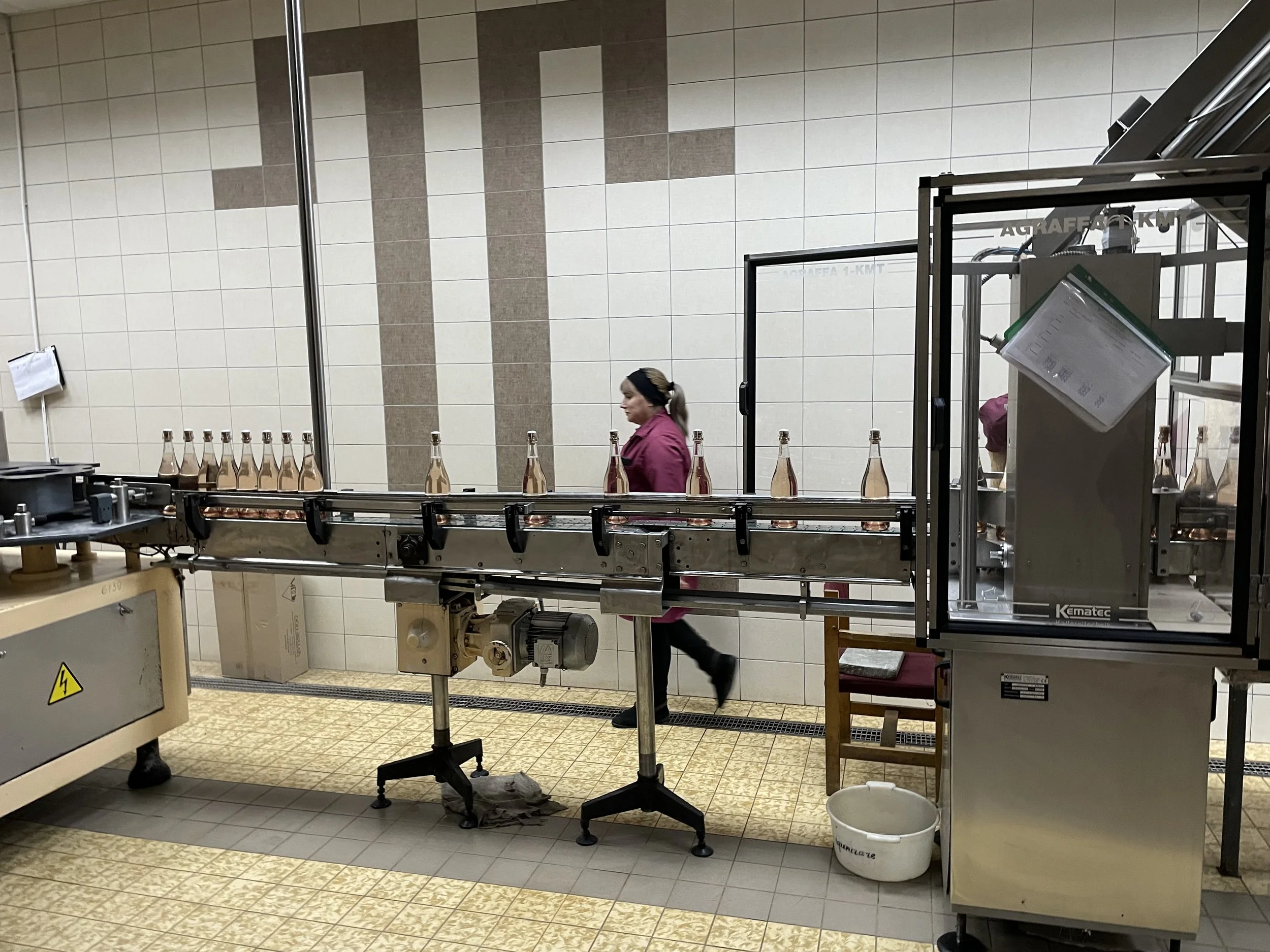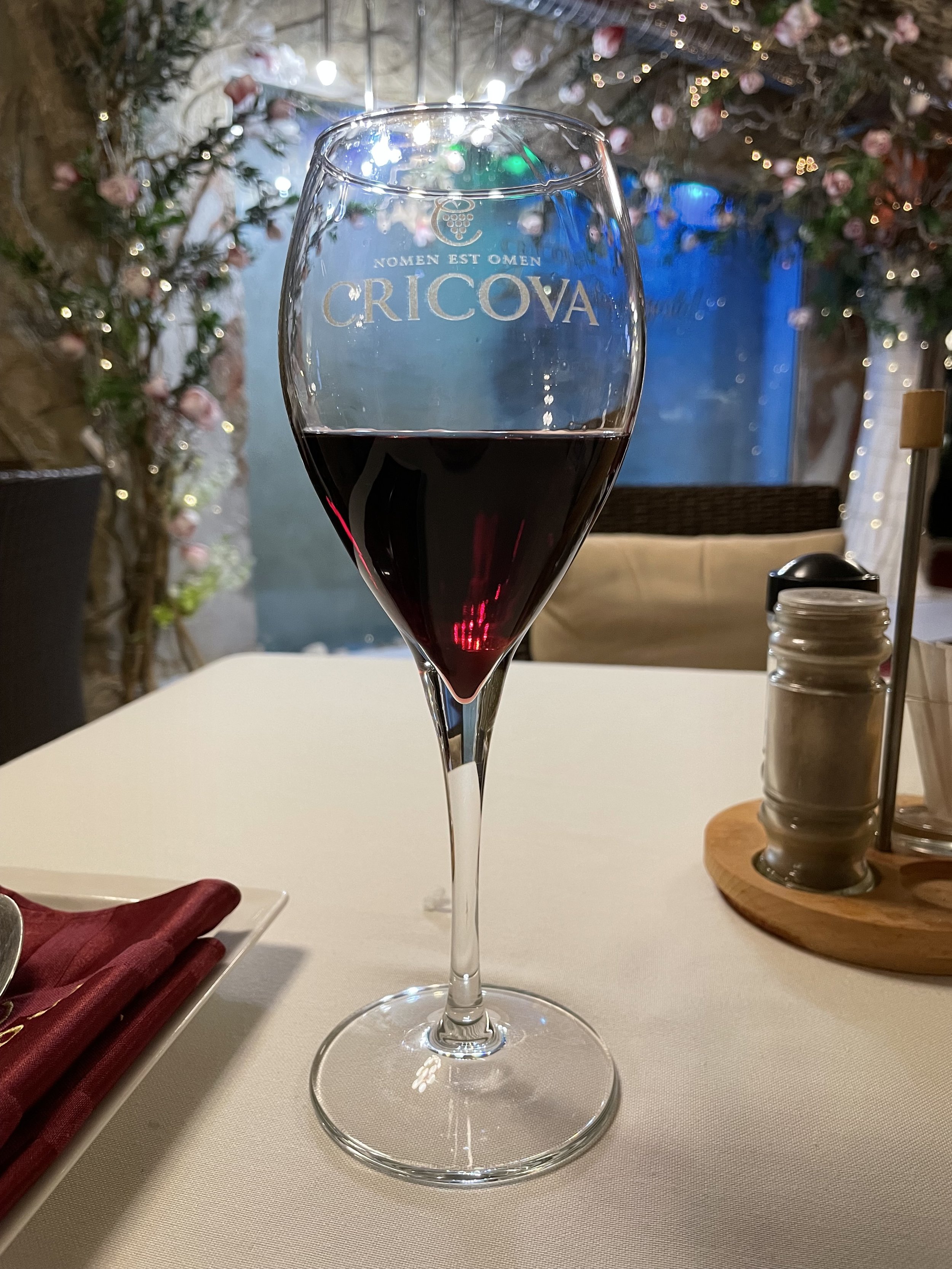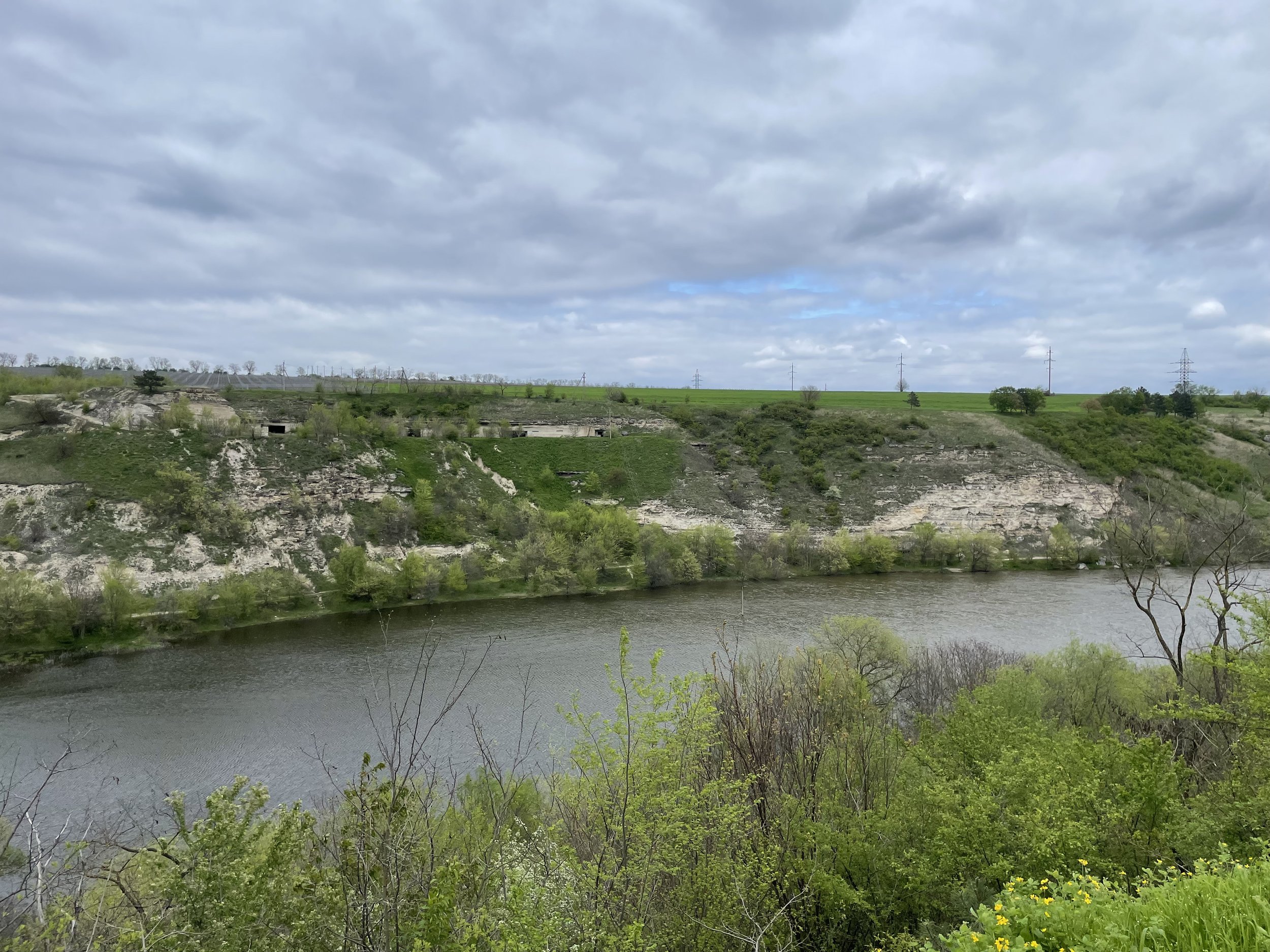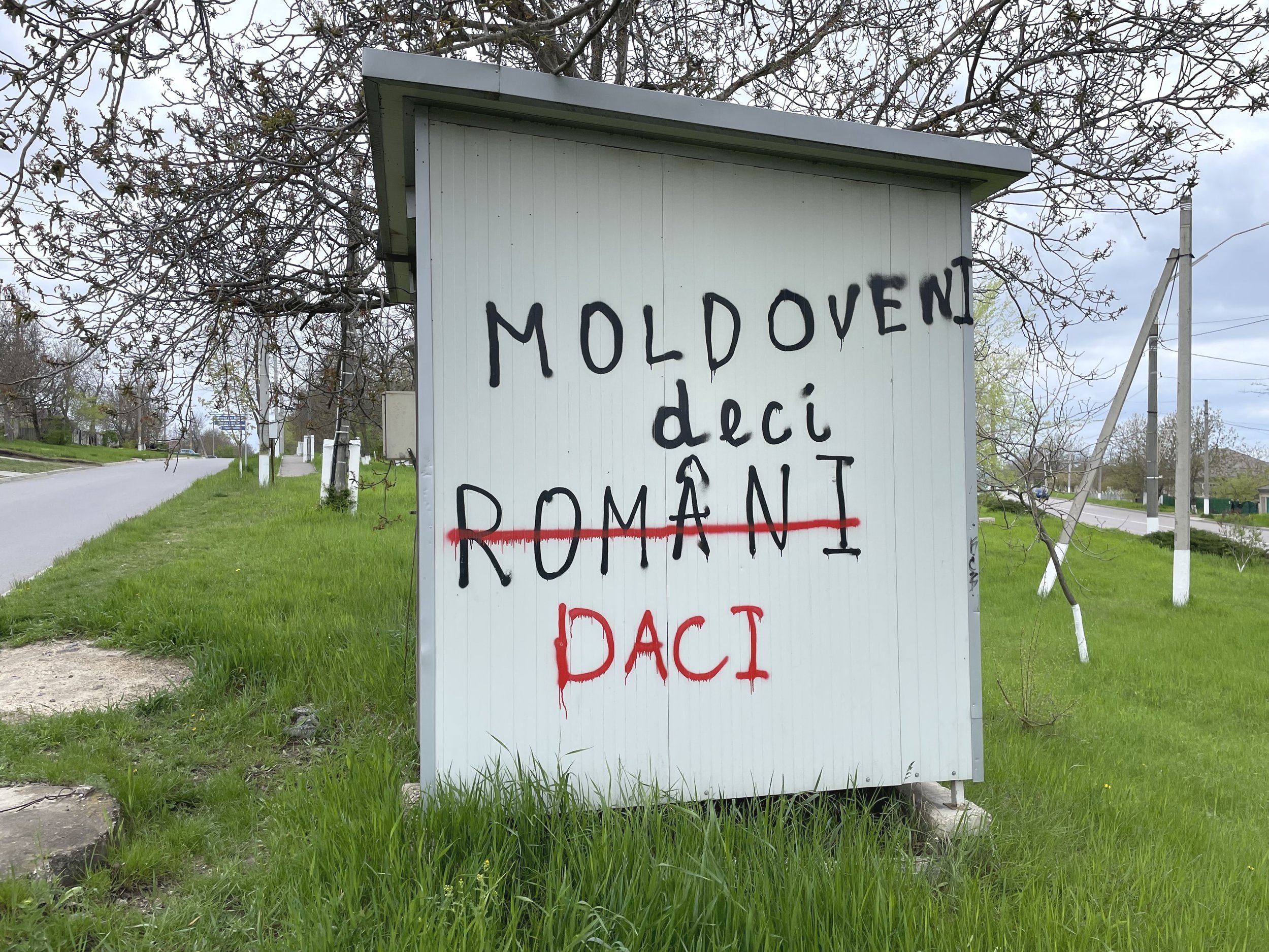Chișinău
A springtime journey across the geopolitical fault lines of Europe. After the Moldavian Soviet Socialist Republic (1940–1991) ceased to exist, the republic fell apart in the Republic of Moldova, Pridnestrovian Moldavian Soviet Socialist Republic (1990 - present) and the Gagauz Republic (1990-1994).
I landed at Aeroportul Internațional Chișinău on 26 April. I simply choose this destination to make the list of countries I have visited more complete. Besides, I visited Romania in the early 1990s several times and I always wanted to visit the region again. The city bus tickets were still being sold by, sometimes very frail, women pensioners, at 6 lei per ticket (30 eurocents). Chișinău as a city is a pleasant surprise.
Between 1918–1940 Chișinău was the second largest city in the Kingdom of Romania. The city underwent vast renovation during that time. Even so, some of the current architecture still resembles that of a small village. Few cities I have visited have such an eclectic architecture, not to be confused with eclecticism. Within minutes you’ll walk by buildings from the belle époque, tiny crumbling village houses, 1980s Soviet buildings and buildings so new, the paint is still wet.
Strada Cojocarilor 21, Chișinău.
Strada Alexandru Hajdeu, Chișinău.
Strada Maria Cebotari, Chișinău,
The building below was built between 1901 and 1903, so during the time Chișinău was the capital of oblast Bessarabia of the Russian Empire. 1903 was also the year of the Kishinev pogrom.
Strada Armenească 96 A,B, Chișinău
Strada Vasile Alecsandri, across my hotel. Some old photos depict synagogues, possibly destroyed during the pogroms of 1903 and 1905.
‘Russian Plan’ to Regain Control of Moldova
In the months before my journey it became clear that Russia had drawn up plans to destabilise Moldova. In a document that appears to have been written in 2021 by the FSB’s Directorate for Cross-Border Cooperation, a 10-year strategy is documented to bring Moldova back under the influence of Russia and away from the EU. Russia claims the document is a fake.
Even worse, Ukraine’s president, Volodymyr Zelenskiy revealed that Russia was planning a coup d'etat. The plot involves forcing a change of power in Chișinău “through violent actions disguised as protests of the so-called opposition,” using Russian, Belarusian, Serbian and Montenegrin citizens, according to Moldova’s president Maia Sandu on February 13. Consequently a Montenegrin boxing team and Serbian soccer fans were barred from entering Moldova.
February 09, 2023
Moldova is, after Ukraine, the second poorest country in Europe. The city center has its fair share of high fashion streets. Some residents supplement their income by selling home grown or home made products on the street. The average net salary is € 443 per month.
Intersection Strada Vasile Alecsandri and Stefan cel Mare si Sfant Boulevard, Chișinău
Chişinău bus station Gara Centrala: the central bus station was a ten minute walk from my hotel. Practically all buses in Moldova are mini-buses. Even when I didn’t need to catch a bus I still went to Gara Centrala for breakfast: a black coffee and a plăcintă, filled with cartof (potato) or brânză (cheese). I love hanging around busy bus stations.
A bus to Bendery (Бендеры) in Transnistria, with Transnistrian number plates.
Soviet Chișinău
Many housing projects were built in the Soviet era. Some Chișinău Soviet buildings are beautiful brutalist examples of an era gone by, most buildings are quite standard apartment blocks. The spaces between the buildings are green and generally devoid of car traffic. It is difficult for me to asses the exact age of these buildings. During the 1964-1982 Breznjev years, 5% of the building cost was spent on art, usually mosaics depicting idealised Soviet citizens. But most apartment blocks are examples of post-Stalin Soviet functionalism devoid of any ornaments.
House-Museum of A.S. Pushkin
The Russian poet Alexander Pushkin spent a few months in Chișinău, of three years in Bessarabia, after being exiled by Alexander I of Russia when writing some incendiary poems. The small house where Pushkin stayed is now a museum. At the time Bessarabia was province of the Russian Empire. Being used to his life in Saint Petersburg, Pushkin reportedly hated his time in provincial Chișinău. It was Pushkin who first renamed Sankt-Peterburg to Petrograd in one of his poems.
“Самовластительный Злодей!
Тебя, твой трон я ненавижу,
Твою погибель, смерть детей
С жестокой радостию вижу.
You autocratic psychopath,
You and your throne do I despise!
I watch your doom, your children’s death
With hateful, jubilating eyes. ”
Molda Restaurant
Ciorbă din costițe de porc. The first evening I had dinner in restaurant Molda, not far from my hotel. This soup with pork ribs was excellent. As a main course I had lepure în sos de frișcă, stewed rabbit in cream sauce. The pickled peppers in Moldova are better than anywhere else.
Lepure în sos de frișcă,
Cricova
Close to Chişinău are countless old 15th century limestone mines. The limestone was used to built the city. After the mines were retired, the caves provided the perfect conditions for wine storage. In Cricova a grid of caves, more than 120 kilometer in length, 60 to 100 meters deep, houses 1.3 million bottles of wine. According to a 2020 Forbes article the wine cellar kept Vladimir Putin’s wine, who celebrated his 50th birthday in Cricova. I was intrigued. Cricova is a popular day trip from Chişinău. A city bus reaches the village.
Of course in 2023 the photo of Putin was removed from the world map of world leaders who have visited Cricova. I was told that every world leader who visits the cellar receives space to keep 500 bottles of wine. Volodymyr Zelensky has visited the wine cellar. His photo is among dozens of other leaders.
I arrived unannounced so I had to take the tour in the Romanian language. You cannot visit the caves unsupervised. The guide did translate some in English on my behalf. In the caves a number of dining rooms are furnished for important guests and for wine tasting. Cosmonaut Yuri Gagarin visited the The European Hall. Other dining and tasting halls are the Presidential dining hall, Sea Bottom tasting hall and the Fireplace Room.
The European Hall
A small part of the million plus wine bottles.
I found an image online of Putin’s former wine collection at Cricova.
Cricova winery also produces sparkling wine according to classical French method, by secondary fermentation in bottles. The bottles are horizontal position for at least 3 years. The production facility of sparkling wines is also located in the caves. I took a few photo’s before I was told that I shouldn’t photograph the production. There is also a factory located a few kilometers from the caves and I assume most of the production is done in the factory.
Of course I had to order a glass of red Cricova – nomen est omen – wine made from the rară neagră grape, 150 ml for 36 lei (1,83 euro). This grape is also known as băbească neagră. It is a late-ripening variety that gives red wines a light-bodied, fruity character. This is what I prefer in a red wine and this particular wine was very good.
On the banks of the river the limestone is visible.
Unification of Moldova and Romania
Cricova village
For some people the idea of a unified Moldova and Romania is still alive. The text in black says: “Moldavian, therefor Rumanian.” Somebody crossed out “Rumanian” and sprayed the word “Daci”. This refers to the Dacian Kingdom of 88 BC to 106 AD. It was explained to me that the message was simply that Moldova should stay independent. It is an anti-unionist message in red spray paint.

